I’ve been teaching and playing music for over 30 years on piano, keyboard, organ, and guitar. I’ve played in bands, solo gigs, local mini concerts, weddings, church, etc, etc. And with all that experience as well as being around great musicians all my life, I know some of the “secrets” that piano students should know to help them develop into real musicians!
Now there seems to be a wide range of opinions on what exactly makes a great musician, especially one that plays piano. Piano teachers usually set the path for their piano students based on their teaching curriculum and teaching style. That’s how it usually is. In many cases that path does not make the students “real musicians” although it usually allows the student to have a certain amount of piano skills & playing ability at beginning, intermediate, and advanced levels, but it doesn’t necessarily make them a great musician. There are some very special piano teachers who are able to get their students to be real musicians because of they way they teach and what they teach, as well some students who are just “naturally gifted” and they can’t help but become a great musicians. Were Mozart, Beethoven, Bach, and other well known composers great musicians? Obviously! But they and people like them are the exceptions and not the rule. Many piano students these days, even the advanced ones, can play well, but playing well does not necessarily make you a great musician in my opinion.
One such piano student who plays very well is my friend William Joseph. I have known William for many years and have worked with him occasionally in the past. These days, William is no longer a student but has grown up to become not only a very popular piano teacher here in the greater Phoenix area, but William has also become a big STAR pianist, performer and a great musician traveling the world. He is playing concerts to huge crowds who come to listen to him play his own incredible music along with his band and/or orchestra. William was discovered and is managed by David Foster, the record producer who discovered and manages Celine, Josh Groban, and Michael Buble’ just to name a few.
William learned how to play piano in the traditional way from a local teacher who taught primarily classical music and music theory. After years of lessons with this very talented teacher, William could played advanced classical pieces and understood the fundamentals of piano & music but he also was able to do other things few students do; he learned how to orchestrate, improvise, and how to play along with percussion, and in my opinion, that’s what makes a real musician today; someone who can think “outside the notes” on a page of music. A person who can create their own music as well as have a good sense of rhythm and timing being able to play a big variety of music styles. Not just classical or pop, or one style of music, or just with sheet music, but a variety music and being able to play without the sheet music along with the ability to “feel it and hear it.” That’s what great pianist musicians are like including…
Herbie Hancock, Duke Ellington, Scott Joplin, Dave Brubeck, Dave Grusin, David Benoit, Dianna Krall, Nat King Cole, Andre Previn, Joe Zawinul, Elton John, Liberace, Keith Emerson, Billy Preston, Stevie Wonder, Patrick Moraz, Jan Hammer, Nora Jones, Ray Charles, Billy Joel, Ray Stevens, Jerry Lee Lewis, Leon Russell, Richard Carpenter, Michael McDonald, Keith Jarrett, George Winston, Jim Brickman, Shizuoka, Chick Korea, David Foster, and my friend William Joseph.
But how does the average piano student learn and practice these things in their home so they can become a real musician some day, assuming that’s their goal? (it’s OK not to have that goal, as long as you just enjoy playing!) Well I can tell you it’s difficult unless you are either unusually gifted or talented and have a great piano teacher (as I mentioned before), and/or you have the right instrument to play and practice on. And in my experience and opinion, that “right” instrument for many people is a digital piano. But not just any digital piano; one that has functions and features which allows you to “orchestrate” and improvise music as well as having rhythms and chord arrangements so that you can learn timing and various music styles.
The digital piano not only needs a good, solid acoustic quality piano touch and tone, but it needs to have all those other teaching and learning features that can and will help the piano student become the best musician they can be. Normally to get all these features in a new full size digital piano can easily cost $3000 and more as is the case in Roland, Yamaha, and Kawai digital pianos. Some digital piano companies don’t make any instruments like these. The most famous of all these full featured digital pianos is the Yamaha Clavinova CVP series. Yamaha has made these for years and their current line-up includes the CVP501, 503, 505, 509, and 409GP. These pianos are incredible but they also cost big bucks, anywhere from about $3500-$10,000 or so, depending on what dealer you buy it from. The Roland & Kawai pianos are also in the higher price range. That’s a lot of money for the average family, so very few people (relatively speaking) have these great instruments.
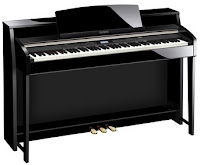 But now for the first time I am happy to report that the Casio piano company has just come out with a very low priced 2010 model digital piano which has all these very cool features that I’ve been talking about! As a teacher and musician, I couldn’t be happier for my students and all those other students and piano players that want to become better musicians. This new piano is called a Casio Celviano AP620 (pictured above left). And the internet and store discount price on them?…just $1399. That’s it! And it comes in a great looking satin black imitation wood grain finish.
But now for the first time I am happy to report that the Casio piano company has just come out with a very low priced 2010 model digital piano which has all these very cool features that I’ve been talking about! As a teacher and musician, I couldn’t be happier for my students and all those other students and piano players that want to become better musicians. This new piano is called a Casio Celviano AP620 (pictured above left). And the internet and store discount price on them?…just $1399. That’s it! And it comes in a great looking satin black imitation wood grain finish.
The Casio pianos are attractive, powerful, have satin ivory touch keys, play and sound like upright pianos, have orchestration and rhythm features, built-in improvisation programs to help learn to play music without the sheet music (ear training), SD card 16-track MIDI player & recording so that you can learn rhythm and timing by not only looking at your music book, but playing along with the actual song loaded into the piano from the SD card. You can speed up or slow down that song based on your skill level…something you generally cannot do with a CD or MP3 player.
I have spoken about and reviewed the Celviano AP620 in my blog so if you want more info on it, take a look at my other articles when you have time. The AP620 has been in big demand since its introduction and Casio has not been able to keep up with all of the orders. I am able to get them direct from the factory so if you are interested in getting one, please let me know because I can order one for you, and for LESS.
Please contact me at tim@azpianowholesale.com or call direct at 602-571-1864
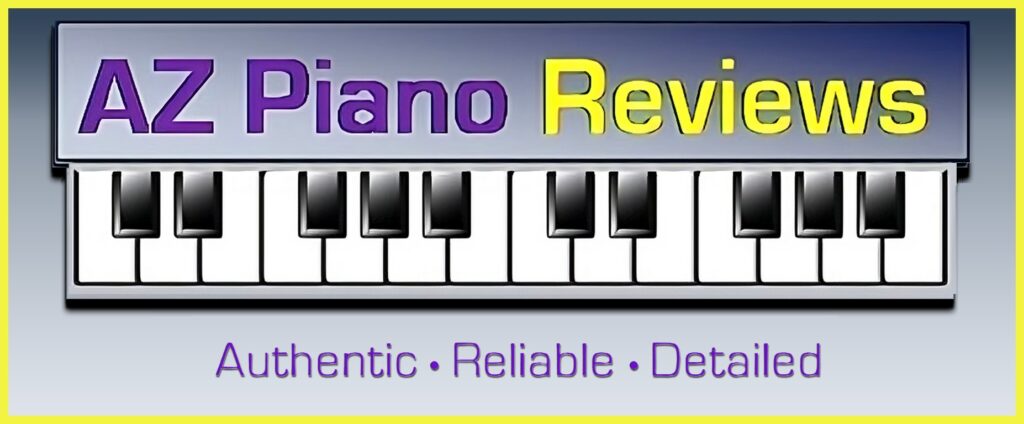



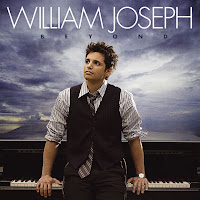



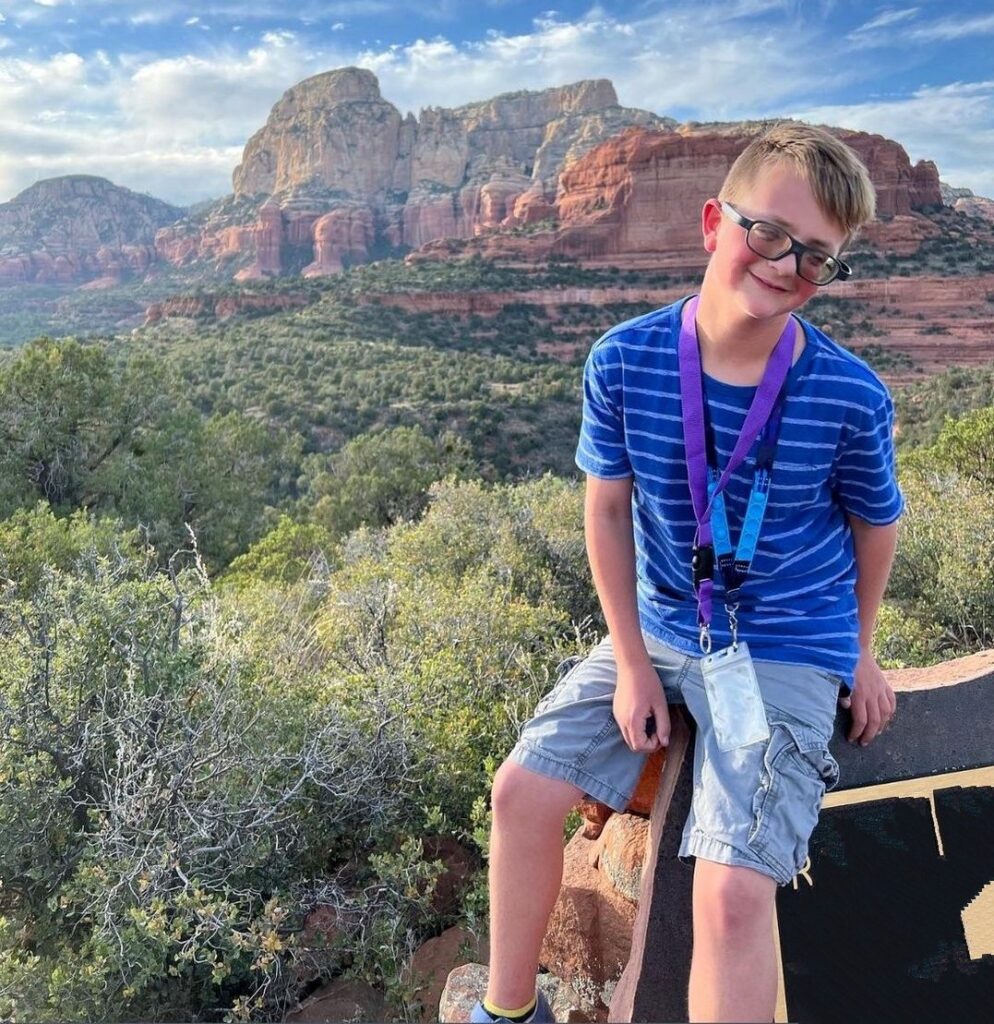
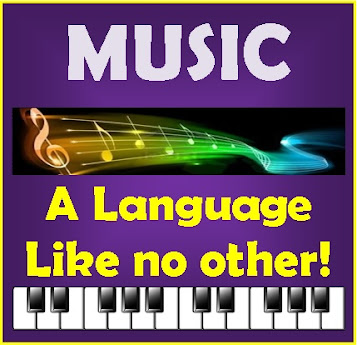
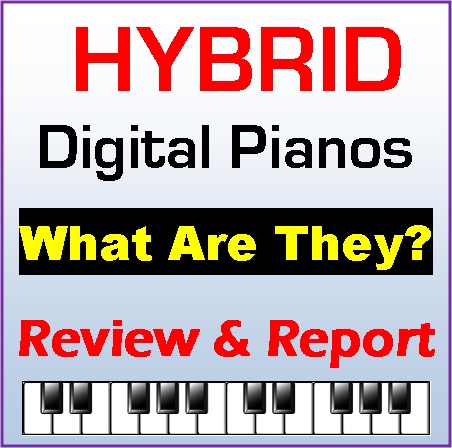
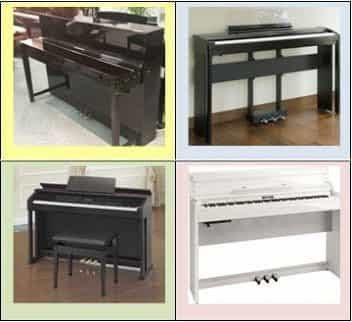
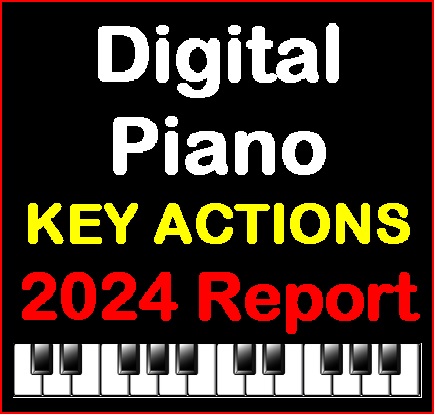
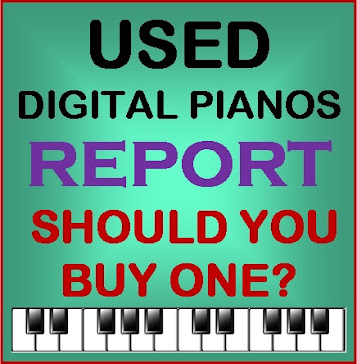
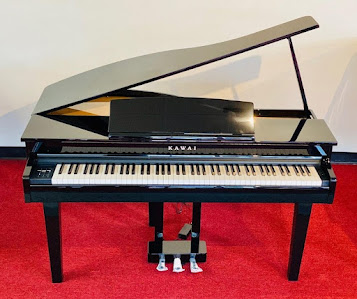
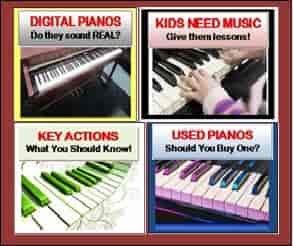
I love William Joseph!! enjoyed the article…Thanks:-)
Heloo
Does casio px 330 also have this learning features like ap 620? Is tuch of the px330 same as ap620?I like them both, but i am leaning towards px 330 because of the price. Would need some help choosing.
thanks